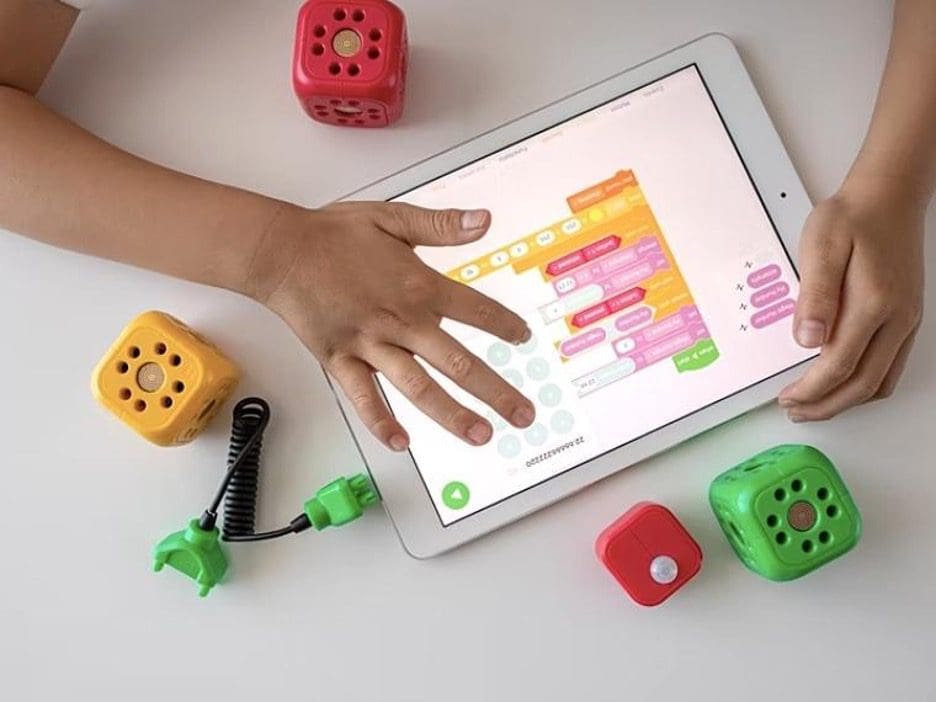Homework is an integral part of the learning process for kids. It teaches them to work independently, develop self-discipline, and foster an appreciation of lifelong learning. However, it can also be challenging for students who struggle to understand a particular topic or find it difficult and boring to study independently. So, if you’re looking to help your kid with their studies, this article will explain some tips that will make homework more interactive for them.
Usually, assigning homework can be stressful for both parents and children alike. Henrique Bertulino, a writing expert at Studybay, explained that homework is often seen as a burden rather than a chance to learn something new, or hone skills already learned in class. As such, it’s important to ensure that your child understands why they’re doing their homework at home, so they feel more engaged with the material when tackling assignments independently.
Also, to alleviate the load of homework, parents frequently consider getting online homework help for their children; a reliable HW helper assists children with their schoolwork, making it more personal and interactive. Kids usually benefit from this external support that offers guidance and encouragement as they tackle their homework and assignments. Here are some tips that can assist with making homework more interactive for kids.
Set a schedule
You might be wondering how to make homework more pleasant for kids. The answer may surprise you. Simply set a schedule. This might seem like an odd idea at first, but it makes perfect sense. If you give your child enough time each day or week to complete assignments, then they won’t have any reason not to do so and might even look forward to it.
If you have a set time every day and week, your kids can prepare better and get their work done more easily. The same goes for monthly and yearly schedules. Even though you may not want to think about schoolwork as soon as summer rolls around, setting a schedule will ensure that your child is ready when the new school year starts again.
Encourage kids to take a break between sessions.
It’s also important to emphasize the importance of taking breaks between study sessions. You want your child to feel energized, not exhausted when they start homework. The key is to find a balance between working on a subject long enough to experience success (and make sure it sticks) and not overloading their brain with too many things at once. How often they take breaks depends on how much time they have before bedtime and when school starts in the morning.
Here are some ideas for things kids can do during breaks:
- Take a nap or rest quietly
- Play with toys or draw pictures
- Watch TV or play computer games
Focus on one subject at a time


To make homework less of a chore, you can first focus on one subject at a time. Don’t try to tackle multiple subjects with your child in one evening or even over several days. If you do this, it will likely result in frustration for both of you.
Instead, try giving them the same amount of time and attention each night when working on their homework assignments. Have them set up their supplies beforehand, so they are ready when it comes time to start working (this helps prevent distractions from other activities). Then sit down with your child at the same table and work through all their assignments as quietly as possible (without music or TV). This will help ensure that everyone stays focused on what needs to be done without any unnecessary interruptions from other sources, such as phone calls or texts coming through the mid-homework sessions
Ask them questions about it
While homework can be a drag for kids, it can also be a great opportunity to get creative and have fun. After all, it’s a chance to practice your child’s new knowledge. It’s especially important that the homework process is interactive when it comes to learning STEM (science, technology, engineering, and math) subjects.
You could ask them questions about what they’ve learned in school today—but only if they seem interested and want to talk about it. Or you might even create scenarios in which they need to use their new skills. This will help them apply their knowledge outside the classroom and provide added entertainment value for both of you.
Have a reliable homework helper
Ensure your child has access to reliable and easy-to-use online homework help. It should be easy for them to find exactly what they need in the form of videos, articles, etc., and it should be quick so that there aren’t any delays in getting started on their assignment after school or during free time at home. Also, protect your family’s privacy by choosing an educational service provider with advanced security measures.
Getting creative with projects and presentations
Create projects that will get your kids excited. Once you know what your child needs to learn, think of ways to make it more interactive and fun. For example, if you want your child to learn about the solar system, create a game where they have to paint planets with crayons or draw stars on sheets of paper positioned around the room (the number of stars should equal the number of planets). As they go from planet to planet, they’ll see stars in their path — but maybe not all at once. This will help them remember information about our solar system better than if it was just written on paper.
Helping them connect with their peers on academic discussion forums
Helping them connect with their peers on academic discussion forums is a great way to make homework more interactive for kids. Online forums are an excellent resource for kids to connect with peers. They can be a great way to ask questions, find answers, and share thoughts and ideas. Many schools have these types of forums for students to talk about what they are learning in class. If yours doesn’t, or if it just isn’t working for your child as well as you’d like it to, there are plenty of other options available online.
The first step is to find a forum that fits your child’s interests. For example, if your child loves math, then Math Forum would be a good choice. If their favorite subject is history, then History Teachers’ Resources could be a great place to start.
Next, it’s time to get them involved. The best way to do this is by creating an account for them and encouraging them to start posting about their homework questions right away.
Use online games and activities to help them learn


Kids love playing games and are often more motivated to play when they know it’ll help them learn something. Find free online educational games in your child’s grade level that teach math or English. You can also try apps that offer fun-learning activities like spelling practice and drawing lessons with letters or numbers.
Introduce apps that offer fun-learning activities
Get creative with projects and presentations. If your child is working on a project for class or needs to present something at school, give them tips on how to get started (for example, by using sticky notes). Then encourage your child to research their topic by reading books from the library or watching videos on YouTube; they can even look up information about related topics through Google searches! When they come home from school with questions about what they learned in class today during their independent study time together and relevant material together, there aren’t any surprises when it comes time for their next week’s presentation day.
Conclusion
As we’ve seen, making homework more interactive for kids is easier than you might think. Finding the right tools and techniques to make learning fun is key. The methods listed above are all great ways to get kids excited and engaged about their homework. Homework should never be used as a punishment or to create more stress in the child’s life. Homework should be a form of learning; when done correctly, it can be something that kids want to do and complete. With the help of these activities, students will be able to get homework done with a smile on their faces rather than tears in their eyes.








Leave a Reply
View Comments